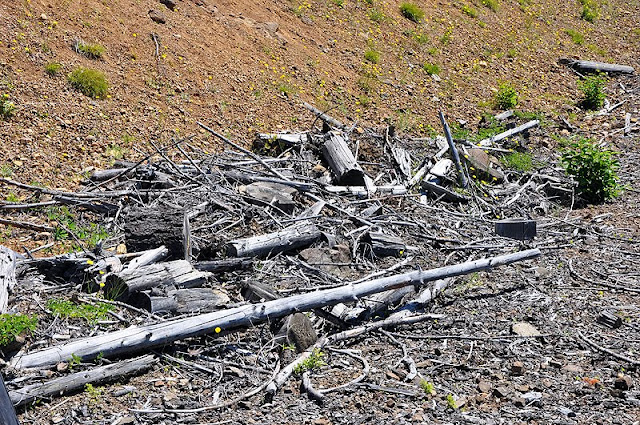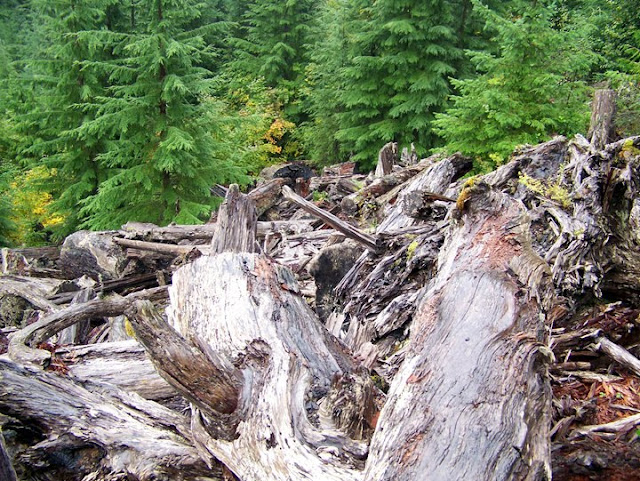Submitted to Shelton Blog by Shelton Blogger
This wood was left to rot in the forest after logging operations. It was not burned in an open pile and it was not burned in an incinerator next to houses and ball parks. Wood is often left to rot, it is not always burned.
Vincent (Grisdale) Hill
Olympic National Forest after "thinning"
Olympic National Forest under the 100 year sustained yield
Cushman Hill (Simpson land)




This is precisely on point. The argument we should permit bio-incineration (biomassacre) because it's better than open slash burns is a bit like arguing mayhem is better than murder, so it should be allowed. Both acts should be prohibited. And, in fact, Simpson has admitted (in its PR overture to TESC) slash burning has become more difficult in the face of increasingly prohibitive air quality regulations.
ReplyDeleteResponsible land management and soil conservation considers thinning, underbrush, and 'slash' as necessary organic material needed to improve the viability of forest soils, sustainability, habitat, and biodiversity. Forest soils denuded of all shrubs and woody remnants exposes that soil to winter elements, increased erosion into area stream beds, the leaching out of vital micro-nutrients, compaction, and exacerbation of already egregious flooding due to past government mismanagement of forest lands.
Moreover, the cost of acquiring such material left over from clear cutting is prohibitive absent federal subsidies and state tax/environmental regulation waivers. But the legislation allows the harvesting of 'rounds' (live trees too small for lumber value) which currently exist in some abundance, especially on DNR (public) lands.
The corporate rhetoric feigning environmental considerations, jobs, and CO2 'neutrality' is disingenuous. It is truly and only all about the money and carbon credits given for burning NorthWest forests.